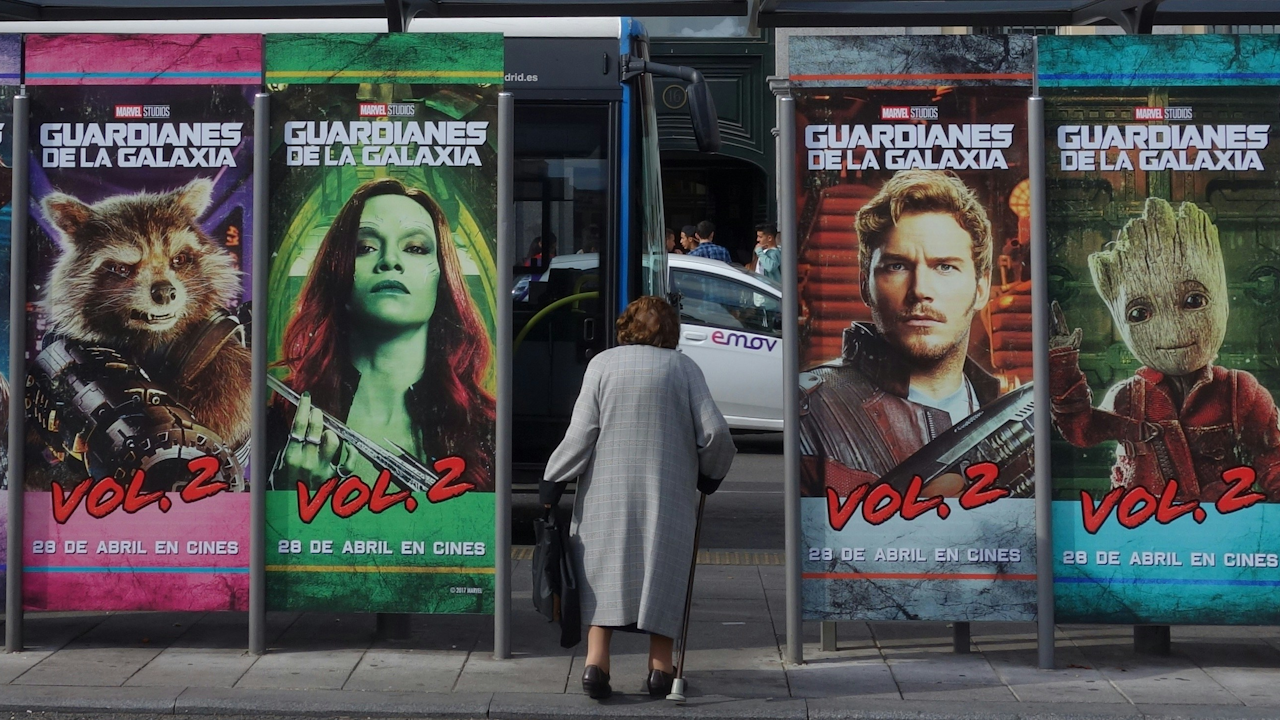The movie industry has long been a monolithic force, with studios holding the reins of production, marketing, and distribution. Their decisions, made behind closed doors, determined which films saw the light of day, which were given a marketing push, and how they were presented to the world. However, a new and powerful force has emerged in the digital age: the passionate and organized movie fan. Through fan campaigns, these dedicated viewers are no longer passive consumers. They are actively influencing and even dictating the trajectory of movie releases, from demanding director’s cuts to saving entire franchises.
This phenomenon is a testament to the democratizing power of the internet and social media. In the past, fan discontent was relegated to niche forums and fanzines, lacking a unified voice. Today, a single hashtag can mobilize millions. Twitter, Facebook, Reddit, and YouTube have become the battlegrounds for these campaigns, allowing fans to connect, strategize, and amplify their demands to a global audience. The sheer volume and speed of this communication can be overwhelming for studios, forcing them to listen and respond in ways they never had to before.
One of the most famous and successful examples of this fan power is the “Release the Snyder Cut” campaign. For years, fans of Zack Snyder’s vision for the DC Extended Universe demanded to see his original version of the 2017 film Justice League. The theatrical cut, heavily altered by Joss Whedon after Snyder’s departure due to a family tragedy, was widely panned. Fans, convinced that Snyder’s unedited work was superior, launched a relentless online campaign. They used the hashtag #ReleaseTheSnyderCut, created petitions, and even flew banners over Warner Bros. studios. The pressure was immense and unprecedented. Finally, in a stunning reversal, HBO Max announced it would release Zack Snyder’s Justice League, a four-hour epic that delivered on the fans’ demands. This victory showed the industry that a dedicated fan base could not only influence a studio’s decisions but also effectively rewrite movie history.
Another compelling case is the campaign to save the television series The Expanse. After its cancellation by Syfy following its third season, fans launched a massive online movement using the hashtag #SaveTheExpanse. The campaign was not just a simple plea it was a meticulously organized effort. Fans bought billboards in major cities, created a crowdfunding campaign to fly a banner with the hashtag around Amazon Studios, and flooded social media with testimonials about the show’s quality and importance. Their efforts caught the attention of Amazon CEO Jeff Bezos, a known fan of the show, and Amazon Prime Video picked up the series for three more seasons. This example demonstrated that fan campaigns can be a powerful tool for extending the life of a beloved property, providing a financial incentive for a new distributor to step in.
Beyond demanding specific cuts or saving shows, fan campaigns also influence marketing and public perception. The initial negative reaction to the design of the character Sonic in the first trailer for Sonic the Hedgehog is a prime example. The character’s human like teeth and awkward proportions were a source of widespread mockery and criticism online. The backlash was so strong and immediate that the film’s director, Jeff Fowler, publicly announced that the character would be redesigned. The studio, Paramount, invested millions to reanimate Sonic, a decision that paid off handsomely when the redesigned film became a box office success. The fans’ feedback, while initially critical, was ultimately constructive and led to a better final product.
However, the influence of fan campaigns is not without its complexities and controversies. The intense pressure can sometimes veer into online harassment and toxicity. The line between passionate advocacy and abusive behavior can be blurred, creating a hostile environment for creators and actors. The sheer force of a fan base can also be a double edged sword. While it can lead to positive outcomes like the Snyder Cut, it can also create an echo chamber where alternative viewpoints are silenced, and a vocal minority’s demands are mistaken for the desires of the general audience. Studios must navigate these waters carefully, balancing the need to listen to their most dedicated fans with the responsibility to maintain a healthy creative environment.
Looking to the future, it is clear that fan campaigns are not a passing trend. They are a permanent fixture in the modern media landscape. Studios are increasingly recognizing the power of these communities and are beginning to engage with them more directly. Special events, early screenings, and social media interactions are now part of a studio’s marketing playbook, all designed to harness the energy and passion of the fan base. The relationship between studios and fans is evolving from a one way street to a more dynamic and collaborative partnership. As technology continues to advance, providing fans with even more tools to connect and organize, the power of the crowd will only grow, forever changing the way movies are made, marketed, and released.

